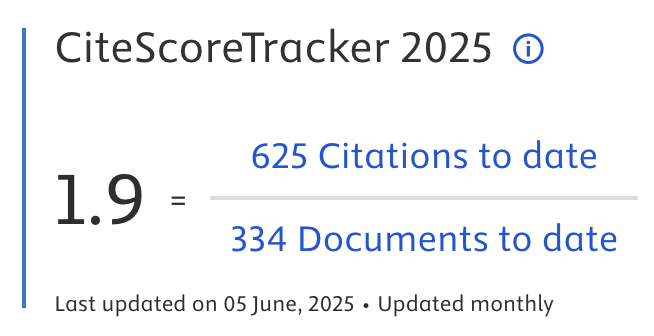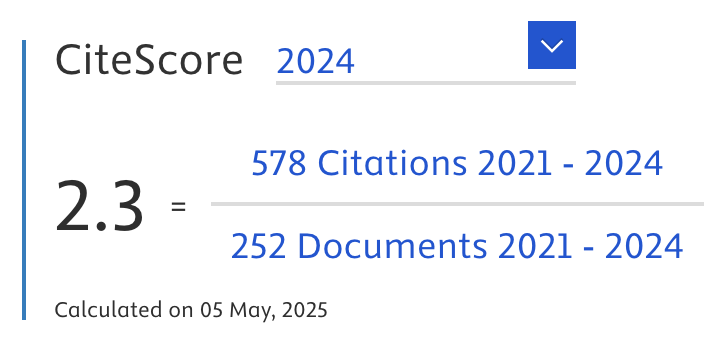An Exemination Of The Effects Of Service Quality And Satisfaction On Customers Behavior Intentions In E-Shoping: An Empirical Study With Comparision Of Taiwan And Vietnam
Abstract
The purpose of this paper to examine the relationship among e-service quality and e-satisfaction and behavioral intention, to reveal any difference across Taiwan and Vietnam. Data from a survey of 891 online consumers, 409 respondents in Taiwan and 482 respondents in Vietnam were used to test the research model. Confirmatory factor analysis was conducted to examine the reliability and validity of the measurement model, and the structural equation modeling technique was used to test the research model. Data analysis involved the comparison of two models using structural equations modeling. The prevailed model reveals that e-service quality has a positive effect on e-satisfaction in both Taiwan and Vietnam, explored the influence of customer e-satisfaction on behavioral intention in Vietnam and Taiwan. E-service quality played a stronger positive role for online shoppers in Taiwan as compared to their counterparts in Vietnam. Such differences in determinants of customer satisfaction may due to the market contexts in different parts of the world.
Article Metrics
Abstract: 536 Viewers PDF: 320 ViewersKeywords
Full Text:
PDFRefbacks
- There are currently no refbacks.

Journal of Applied Data Sciences
| ISSN | : | 2723-6471 (Online) |
| Collaborated with | : | Computer Science and Systems Information Technology, King Abdulaziz University, Kingdom of Saudi Arabia. |
| Publisher | : | Bright Publisher |
| Website | : | http://bright-journal.org/JADS |
| : | taqwa@amikompurwokerto.ac.id (principal contact) | |
| support@bright-journal.org (technical issues) |
 This work is licensed under a Creative Commons Attribution-ShareAlike 4.0
This work is licensed under a Creative Commons Attribution-ShareAlike 4.0





.png)